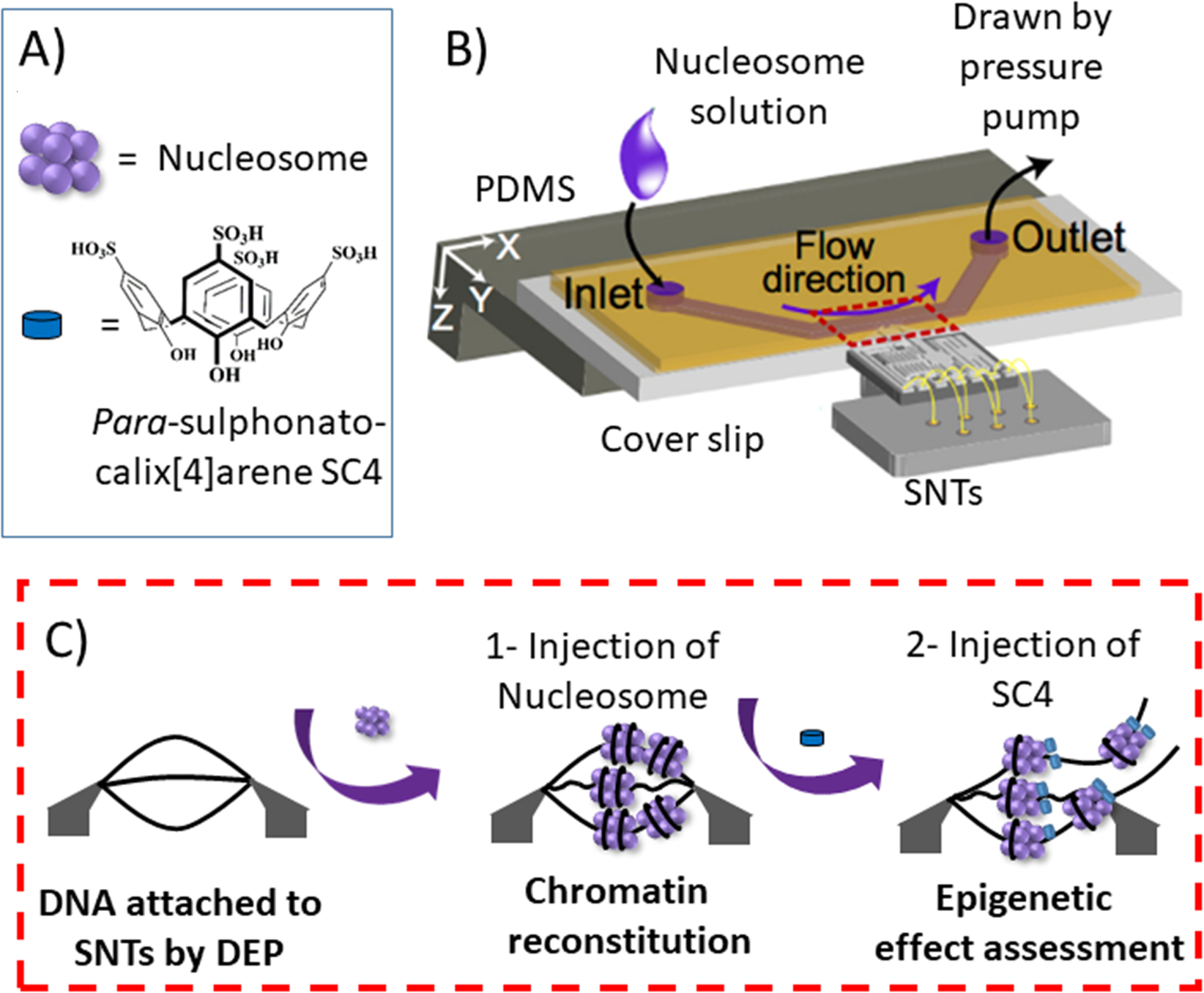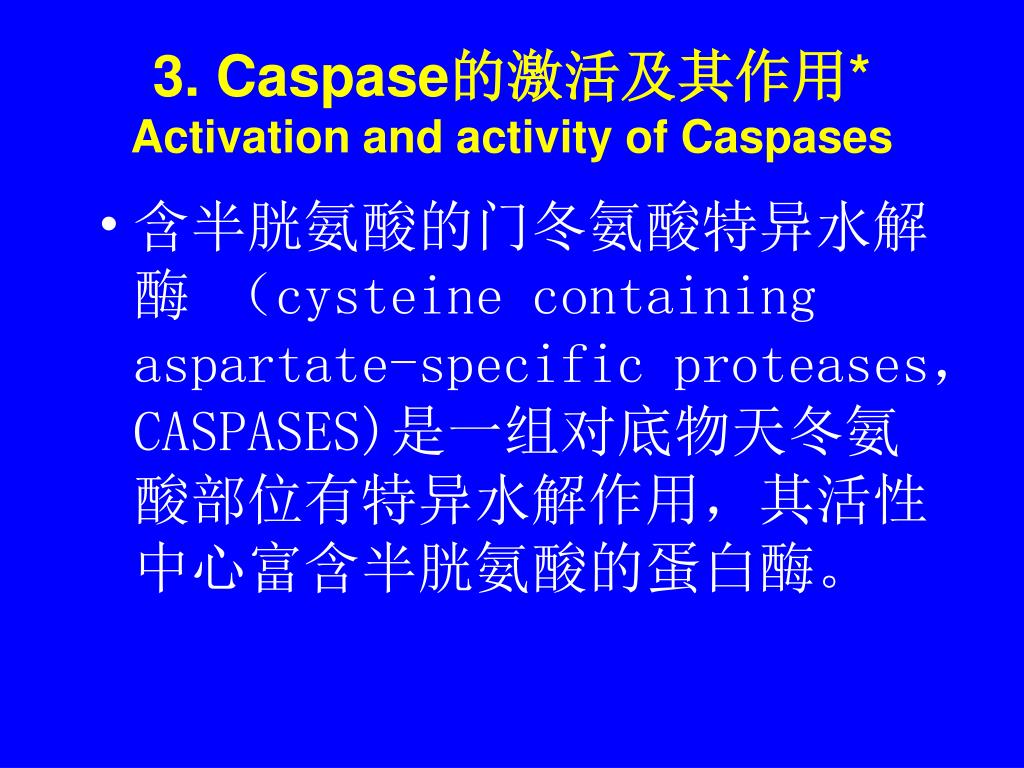

These observations not only suggest that CAD activation drives apoptosis through a positive feedback loop, but also identify a unique suicide system that can be used for controlling gene-modified organisms.Īnnexin V Apoptosis Auxin Caspase Caspase-activated DNase (CAD) Cell Death DNA Fragmentation Inhibitor of Caspase-activated DNase (ICAD) TUNEL Assay Yeast. In the vertebrate cells, ectopic CAD activation triggered caspase activation and subsequent hallmarks of caspase-dependent apoptotic changes, including phosphatidylserine exposure and nuclear fragmentation. Our studies demonstrate that rapid ICAD depletion is sufficient to activate CAD and induce cell death in DT40 and yeast cells. Proper dynamics of nucleosome formation and higher- level chromatin organization regulate the accessibility of. Dynamic binding of histone H1 to chromatin in living. DNA topoisomerase IIa interacts with CAD nuclease and is involved in chromatin condensation during apoptotic execution. INTRODUCTION The basic structural unit of a eukaryotic genome, the nucleosome, comprises 146base pair (bp) DNA segments wrapped around core histones. DNA fragmentation factor 45-deficient cells are more resistant to apoptosis and exhibit different dying morphology than wild-type control cells. Taking advantage of the auxin-inducible degron (AID) system, we have developed a suicide system with which ICAD is rapidly degraded in living cells in response to the plant hormone auxin. that the CAD response induced by moderate chromatin defects promotes longevity. In particular, it has been unclear whether direct CAD activation in non-apoptotic living cells can trigger cell death. Other aspects of CAD regulation are poorly understood.

CAD is normally activated in apoptosis as a result of caspase cleavage of its inhibitory chaperone ICAD.

Apoptotic activation of caspase-3 or -7 results in the cleavage of DFF45/ICAD and release of active DFF40/CAD nuclease. Caspase-activated DNase (CAD) is a major apoptotic nuclease, responsible for DNA fragmentation and chromatin condensation during apoptosis. In non-apoptotic cells, DFF exists in the nucleus as a heterodimer, composed of a 45 kD chaperone and inhibitor subunit (DFF45) also called inhibitor of CAD (ICAD-L) and a 40 kD latent nuclease subunit (DFF40/CAD).


 0 kommentar(er)
0 kommentar(er)
